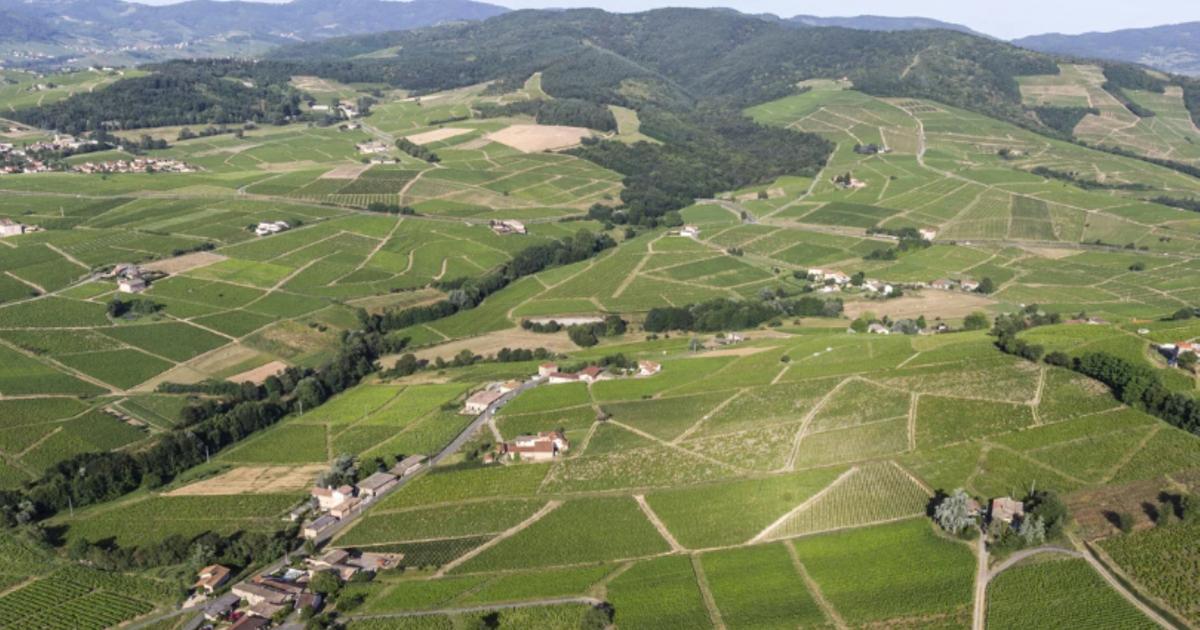Retired general, François Daoust was director of the Criminal Research Institute of the National Gendarmerie (IRCGN), "the experts" of the gendarmerie, between 2009 and 2015. He is now a professor of criminal sciences at the University of Cergy-Pontoise (Val-d'Oise).
After the death of Victorine, a young girl from Villefontaine (Isère) whose body was found Monday, September 28 in a stream, two days after her disappearance, he explains how this type of investigation takes place.
How do the gendarmes work on cases like that of Victorine's death?
FRANÇOIS DAOUST.
They proceed first by increasing the number of hearings.
Shopkeepers, bus driver, witnesses, relatives of the victim… You have to comb as wide as possible in a sort of spiral that goes as close as possible to the young woman.
It is imperative that this line of inquiry be carried out in the first hours, because the risk is otherwise to collect a flawed testimony.
Not that the person is insincere, but they can create false memories by being influenced by what they read on the right or left or in the newspapers.
In remote areas, this phase can be more interesting and relevant than in urban areas, where there is a saturation of vehicles, pedestrians and a varied social fabric.
It is then more difficult to remember important elements.
And then ?
There is the technical part.
Telephony, among other things: investigators will study the boundaries of the victim's phone until the moment it has stopped transmitting, due to a lack of battery, for example.
This allows you to study its route over the day and determine where it was last located: on the road?
Near the stream?
We will also see if another phone follows the movements of the victim.
What are the other findings?
There are all those to be carried out at the place of the discovery of the body.
Was the young woman killed on the spot or was her body deposited?
In both cases, the murderer had to carry her and throw her into the stream.
These contacts mean that there may be traces which have crossed each other: textile fibers, even DNA… The traces of soles, too often neglected in favor of DNA, can also be decisive, like the traces of tires.
The crime scene will be searched, all possible samples will be taken: it can be genetic traces on clothes, footprints… We can also use drones to have an aerial view of the scene, a vision In 3D.
The goal is, for example, to detect access roads that would not be visible to the naked eye.
This opens the possibility then to explore them, see where they lead, locate if there are traces of vehicles nearby.
The video seizures around the station will also be peeled.
Newsletter - Most of the news
Every morning, the news seen by Le Parisien
I'm registering
Your email address is collected by Le Parisien to enable you to receive our news and commercial offers.
Learn more
VIDEO. Death of Victorine: her sister pays tribute to her on social networks
Do the first elements of the investigation allow to determine a criminal signature?
All the tracks remain open and we must not neglect any.
Perhaps Victorine had the misfortune of having encountered a prowler, or even a predator of opportunity.
A person who passes and farts a cable at the sight of the young girl.
We will, of course, interrogate the files to find out if there are sex offenders in the crime sector but also in the environment of the victim's relatives.
If only to exclude them from the suspect list.
But we must also take into account the statistics: 80% of crimes are committed by relatives.
And it is not because the person is very close to the victim that we will waive his hearing: the Daval case, in eastern France, has clearly shown that a grieving husband could turn out to be the alleged murderer.
We must wait for the results of the autopsy to know the modus operandi and draw a profile of the murderer.
What are the difficulties in this type of survey?
Collecting fragmented evidence, taking DNA or papillary fingerprints, but not having anything in the databases to compare them, is what makes a business complicated.
We remember the Chevaline affair, this quadruple murder of a British family and a cyclist which took place in September 2012 on the edge of a forest path in Haute-Savoie.
We have DNA but it doesn't match any trace in the file.














